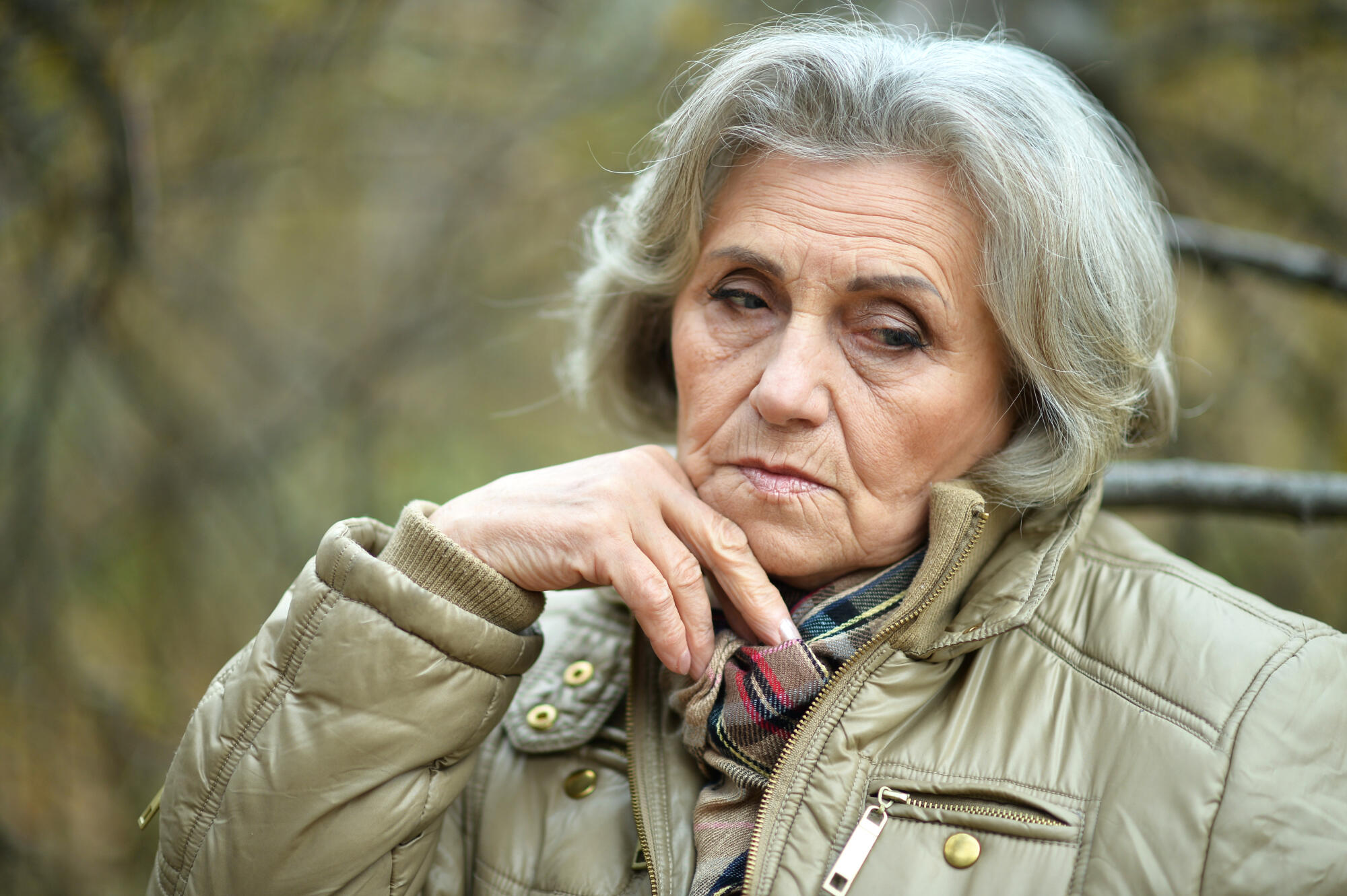Seasonal affective disorder (SAD) can make seniors feel low on energy and emotionally drained during the winter. But with regular physical exercise, not only can they boost their mood, but they can also improve sleep and reduce stress. This can make the winter months easier to get through.
The National Institute of Mental Health estimates that millions of Americans have SAD, and symptoms can last 4-5 months out of the year. So if you’re a senior in Gahanna, OH who suffers from this disorder, it can make almost half of every year unbearable.
Fortunately, seasonal affective disorder physical exercise isn’t difficult to do, and it can have benefits beyond helping with SAD. Read on to see how physical activity can pull you out of this type of seasonal depression.
Does Exercise Help Seasonal Affective Disorder?
Yes, physical activity definitely helps with SAD. It should come as no surprise that exercise and mental clarity come hand-in-hand, and this is due to several reasons.
First, it stimulates the release of endorphins and serotonin, and these help improve mood and regulate sleep. It also supports healthier circadian rhythms, so you then get better sleep.
There are emotional and social benefits too, which we’ll discuss later. The point is that you can fight SAD symptoms naturally just by increasing your exercise levels.
What Is the Toughest Month of SAD?
Usually, January is considered the toughest month for SAD. It’s right after the holiday season, and the daylight hours are still very short. Plus, in cities like Gahanna, it’s extremely cold, and there are blankets of snow everywhere, which discourages outdoor activities.
As a result, you may find it difficult to stay motivated in January. Emotional health for seniors may dip during this month, and feelings of loneliness can intensify.
This is why it’s important to have an exercise plan in place before January.
How Exercise Boosts Energy During the Winter
The best thing about winter wellness in aging is that you don’t have to do much to reap the benefits. Even light to moderate movement can already energize your body, and as a result, daily activities will be much easier. You’ll have the stamina to:
- Run errands
- Participate in hobbies
- Enjoy time with loved ones
Need some ideas? Well, start with cardio activities like brisk walking, dancing, or water aerobics. These can boost circulation.
Add in strength training too, as it can help preserve muscle mass and mobility. This results in less fatigue.
And if you suffer from stiffness during the cold months, try stretching or yoga. A few sessions can lead to more overall comfort and vitality.
Emotional Benefits of Exercise for Seniors With SAD
You’d be surprised at what mood-boosting movement can do for your mental health. In fact, it provides powerful emotional support, and it can help with depression.
This is thanks to the reduced levels of cortisol, also known as the stress hormone. So of course, with less of it, you’ll feel more relaxed.
With structured activities, you’ll also have a routine and purpose, which can improve emotional stability. In addition, you’ll feel a sense of accomplishment, and you’ll also see a boost in your confidence and independence.
Safe Exercise Tips for Seniors During Winter
The Gahanna, OH retirement lifestyle doesn’t mean you can’t be active, but it certainly means you need to take precautions, especially when there are icy sidewalks and cold weather.
To stay safe while exercising to combat SAD, you should:
- Choose indoor activities that have safe and warm environments
- Stay warm with proper clothing and do warm-ups to prevent injuries
- Adapt to your ability (e.g., do chair exercises if your balance isn’t good)
- Make it enjoyable and fun
Frequently Asked Questions (FAQs)
Does Vitamin D Help With Seasonal Depression?
Yes, vitamin D is a key player in mood regulation. Plus, people tend to get less sunlight in the winter, so they tend to be deficient in vitamin D.
According to Crestwood Medical Center, incorporating vitamin D into your diet (such as through supplements or foods like salmon and egg yolks) is a simple lifestyle change that can make a huge difference regarding SAD symptoms.
What Is the Best Light Therapy for Seasonal Affective Disorder?
The most effective light therapy box is one that delivers 10,000 lux of cool-white fluorescent light. You should use it for 20-30 minutes each morning to see benefits.
Of course, ask your doctor first before starting light therapy to ensure that it’s safe.
Can Diet Influence Seasonal Affective Disorder Symptoms?
Yes, excess sugar and processed foods can cause energy crashes. Instead, you should eat nutrient-dense foods that have:
- Omega-3 fatty acids
- Lean proteins
- Complex carbohydrates
How Long Does It Take to Feel Better With SAD Treatments?
It depends on the individual, but for many people, they notice a difference within 1-2 weeks. The key is to be consistent, and with enough patience, you should see results.
Is SAD the Same as Regular Depression?
SAD shares many of the same symptoms as major depression, but the main difference is that it’s seasonal. Regular depression tends to be year-round.
Can Seniors Prevent SAD From Developing?
SAD isn’t always preventable, but you can certainly reduce the chances of severe symptoms happening. Tips include:
- Keep a consistent sleep schedule
- Spend time outdoors when possible
- Prepare coping strategies before winter arrives
Seasonal Affective Disorder Physical Exercise Is Effective
SAD can really get you down during the colder months, but don’t let it take control of your life. With seasonal affective disorder physical exercise, you can fight fatigue and depression, which can put a damper on daily activities.
Just make sure that you plan your workouts ahead of time so you have more motivation to stick to them when winter arrives. And if you’re doing something fun, you’ll want to keep doing it, even when winter’s long gone.
Get in touch with us today if you’d like to learn about senior living in Gahanna, OH. Rittenhouse Village Gahanna offers our residents chef-prepared meals with restaurant-style dining so they feel like they’re in their favorite restaurant.







